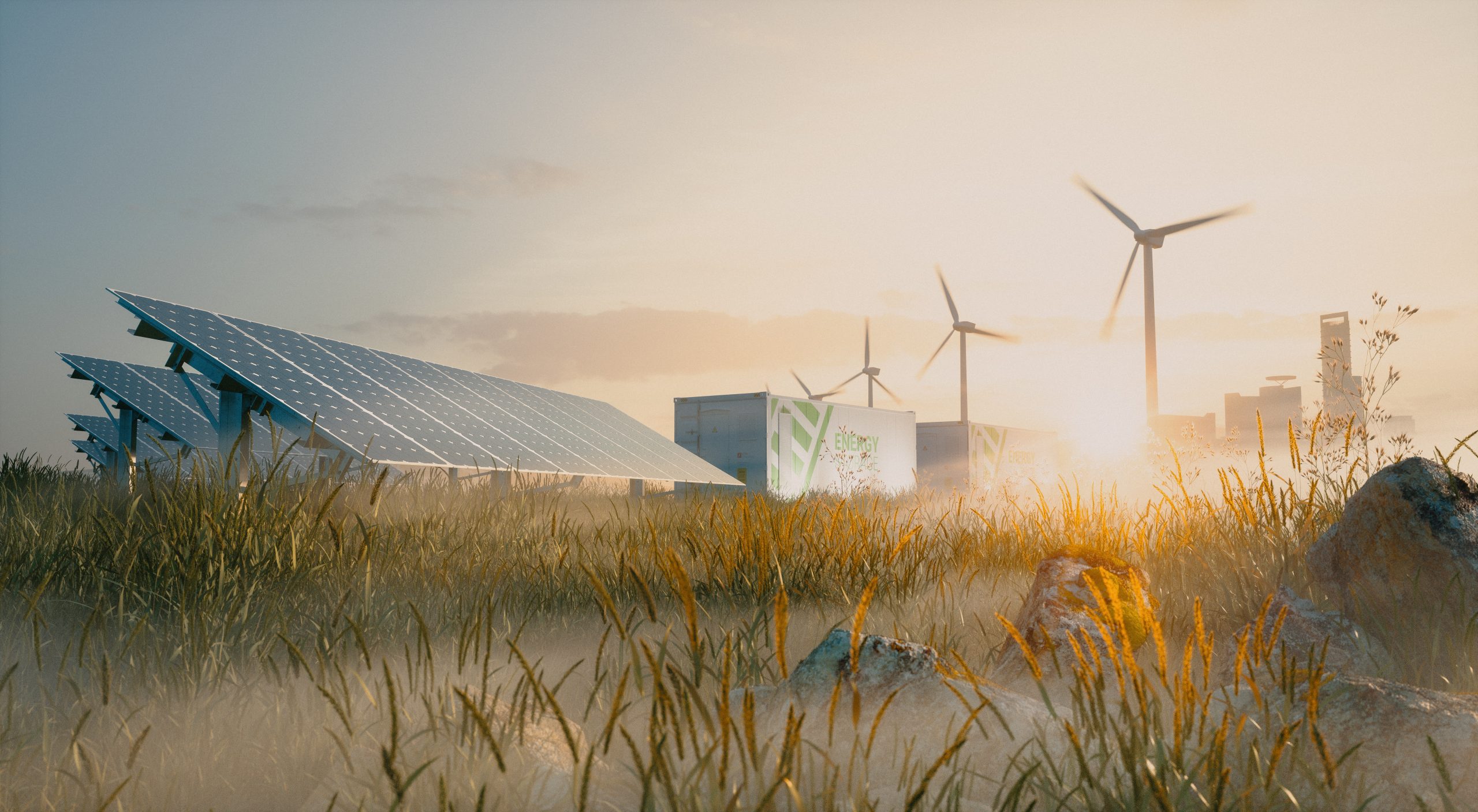Incumbent utilities are central players in the decarbonization process of the energy industry, but how do they transform their business models reliant on fossil fuels to more sustainable ones? We show that utilities adapt by combining old value creation drivers guaranteeing a reliable energy supply, such as efficiency and lock-in, with novelty and complementarity. They develop novel energy technologies, switch from commodity to service provision, and benefit from complementarity by investing in smart grids that connect solar panels, electric vehicles, and efficient appliances.
Incumbent utilities and sustainability
For decades, energy utilities have been the incumbent firms in the energy industry that have produced, transported, and sold electricity and gas to consumers. They are the central players in this industry that are now pressured by new policies and regulations to change their fossil-fuel-based operations to a more sustainable business model. At the European level, for instance, utilities must implement the EU directives on climate change and renewable energy. But consumers are signaling the need for change as well, through their demand for renewable energy, installation of solar panels, connection of electric vehicles, and participation in demand-response programs facilitating a more efficient energy use. Yet, even though the utilities are central players, they struggle to transform towards new sustainable business models as they are technologically and operationally locked-in to the traditional energy system relying on centralized, fossil-fuel-based energy generation. They struggle with combining the old with the new, ensuring the reliability and security of the existing system while at the same time finding new ways of creating and capturing value with sustainable energy innovations.
To overcome some of the challenges of this sustainable transition, the utilities look beyond their own boundaries and transact externally with other players. These boundary-spanning transactions involve mergers and acquisitions, joint ventures, and contractual agreements with actors in adjacent industries, such as the ICT and automotive industry. In our study of more than 750 boundary-spanning transactions of 20 European utilities across 11 countries from 1990-2019, we analyze how utilities have been able to change towards more sustainable business models, and what value creation drivers they draw on during this change.
Efficiency, lock-in, novelty, and complementarity
So how do these utilities change? In their transformation to sustainable business models, utilities expand mostly into renewable energy generation with a clear preference for wind power. Wind generation requires capital-intensive investments often in offshore turbines located far away from the consumer. As wind turbines can be connected to the existing high-voltage grid this type of energy generation resembles and fits with the old business model reliant on fossil-fuel plants. This implies that traditional value creation drivers, such as efficiency and lock-in, are still important to utilities.
Utilities also expand into emerging technologies by conducting R&D on hydrogen, fuel cells, and carbon capture and storage, illustrating that novelty is also one of their value creation drivers. This is also evident in their transformation from firms that produce and sell commodities (i.e., electricity or gas) to those that provide new services. For instance, they expand into demand response services allowing consumers to be more energy efficient and into digital solutions enabling consumers to use their electric vehicles more efficiently, through vehicle-to-grid or grid-to-vehicle services.
Utilities also collaborate to invest in smart energy grids, which integrate information and communication technologies into the existing energy network to allow for a two-way flow of information and electricity between producers and consumers. These grids enable the connection of sustainable technologies, such as locally produced solar energy, electric vehicles, and energy-efficient appliances, to the energy network. Several utilities in our study invest in all these sustainable technologies and benefit from their complementarity as a new value creation driver.
Finally, we show that utilities mainly use mergers and acquisitions (M&As) to transform their business models. They have a lot of experience with M&As and have used them extensively in the past to expand into fossil-fuel activities, and to adapt to the effects of market liberalization policies. Utilities thus also rely on efficiency and lock-in as value creation drivers for the governance of their boundary-spanning transactions. Occasionally they use joint ventures and contracts to expand into novel activities, such as R&D for sustainability.
Future sustainable transitions
The future requires sustainable transitions. Utilities are facilitating the transition to a sustainable energy industry by combining their traditional value creation drivers with novelty and complementary. But they could go further. To further stimulate this transition, they could experiment more with collaborative forms of governance, such as joint ventures and alliances, invest more in novel energy technologies, and develop additional complementarities between sustainable technologies to create value for the consumer and capture value for the utility.
Pereira, G. I., Niesten, E., and Pinkse, J. (2022) Sustainable energy systems in the making: A study on business model adaptation in incumbent utilities. Technological Forecasting and Social Change, 174, 121207.https://doi.org/10.1016/j.techfore.2021.121207






